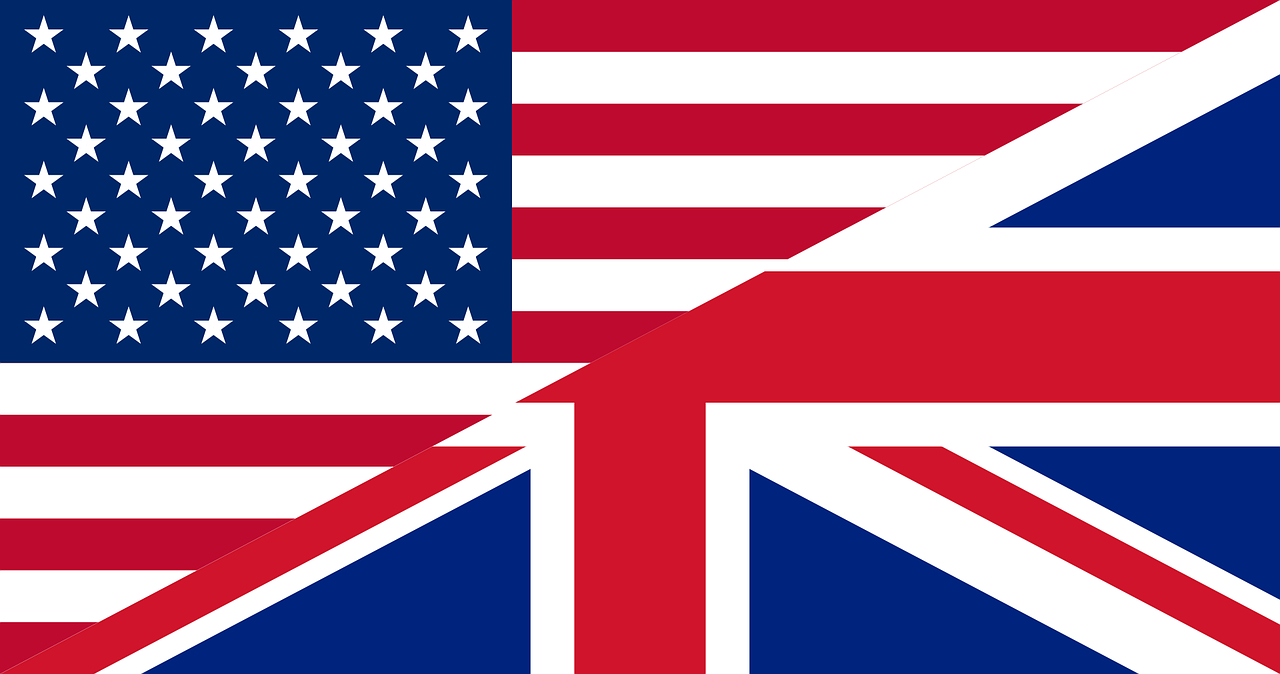1) Laboratory of Food, Biomedical and Environmental Microbiology (LAMAABE), Abou Bakr Belkaid University, Tlemcen, Algeria; 2) Institute of Applied Sciences and Techniques (ISTA), Abou Bakr Belkaid University, Tlemcen, Algeria; 3) Department of Biology, Faculty of Science, Amar Telidji University, Laghouat, Algeria; 4) Departamento de Microbiología y Bioquímica, Instituto de Productos Lácteos de Asturias (IPLA-CSIC), Paseo Río Linares s/n, 33300 Villaviciosa, Asturias, Spain.
Biofilm formation capacities of Staphylococcus aureus strains isolated from döner kebab and effect of acetic acid and citric acid against their biofilms
Biofilmbildungsfähigkeit von Staphylococcus aureus-Stämmen isoliert aus Döner Kebab und Wirkung von Essig- und Zitronensäure gegen diese Biofilme
Asmaa Cherif Anntar1,2), Ibrahim Benamar1,3), Mohamed Salih Barka1,2), Touhami Morghad1), Baltasar Mayo4), Boumedine Moussa Boudjemaa1,2)
Summary
Staphylococcus aureus is a well-known food-borne pathogen causing staphylococcal food poisoning with a capacity to develop biofilms on food contact surfaces. This study aimed at evaluating the capacity of S. aureus strains isolated from ready-to-eat döner kebab to produce biofilms on Congo Red Agar (CRA), polystyrene (PST) and stainless steel (SS) surfaces. The effect on S. aureus biofilm forming capacity of glucose, Sodium Chloride (NaCl), temperature and acetic and citric acids was also evaluated. At 37°C temperature and 24 h of incubation, only three out of 11 strains tested produced biofilm on CRA, where as all strains tested were considered either strong or moderate biofilm producers on the surface of both the 96-well PST microtiter plates and SS coupons. On the latter surface, the strength of the biofilm was reduced by increasing the incubation time up to 72 h. Biofilms were quantified by crystal violet staining method after exposing the strains to different concentrations of glucose and NaCl. Results showed that the presence of glucose at any concentration tested promoted S. aureus biofilm formation at 30°C. Increasing the glucose concentration gave better biofilm growth rate at 37°C but at 40°C no significant influence was recorded. For NaCl addition, concentrations greater than 1% did not affect the biofilm formation at both 30 and 37°C. At 40°C, no effect on the bacterial growth rate by increasing concentration. This study showed that increasing acetic and citric acid concentrations up to 2.5% and 4%, respectively enhanced the elimination of 7-days old S. aureus biofilms. Besides, significant reduction was not scored after 5 min of treatment. These results indicate that the environment related conditions could promote S. aureus biofilm formation. Also, they showed that citric and acetic acids can be used as an alternative strategy in eliminating food biofilms.
Keywords: döner kebab, Staphylococcus aureus, biofilm, glucose, sodium chloride, citric acid and acetic acid
Korrespondenzadresse E-Mail
asmaa.cherifanntar@univ-tlemcen.dz
Weitere Informationen zum Beitrag
Arch Lebensmittelhyg 75,
44–51 (2024)
DOI 10.53194/0003-925X-75-44
Copyright
© M. & H. Schaper GmbH & Co.
ISSN 0003-925X

